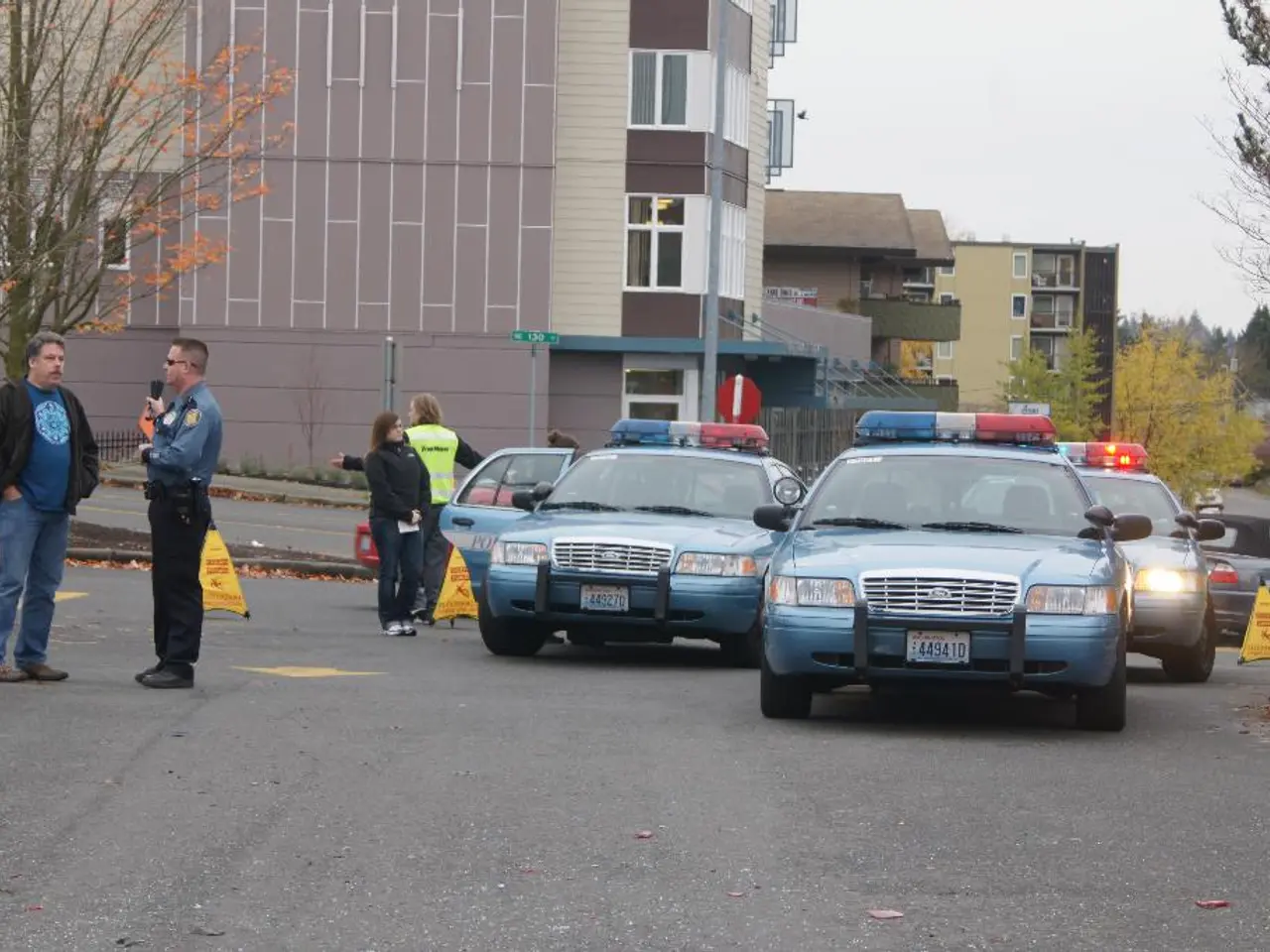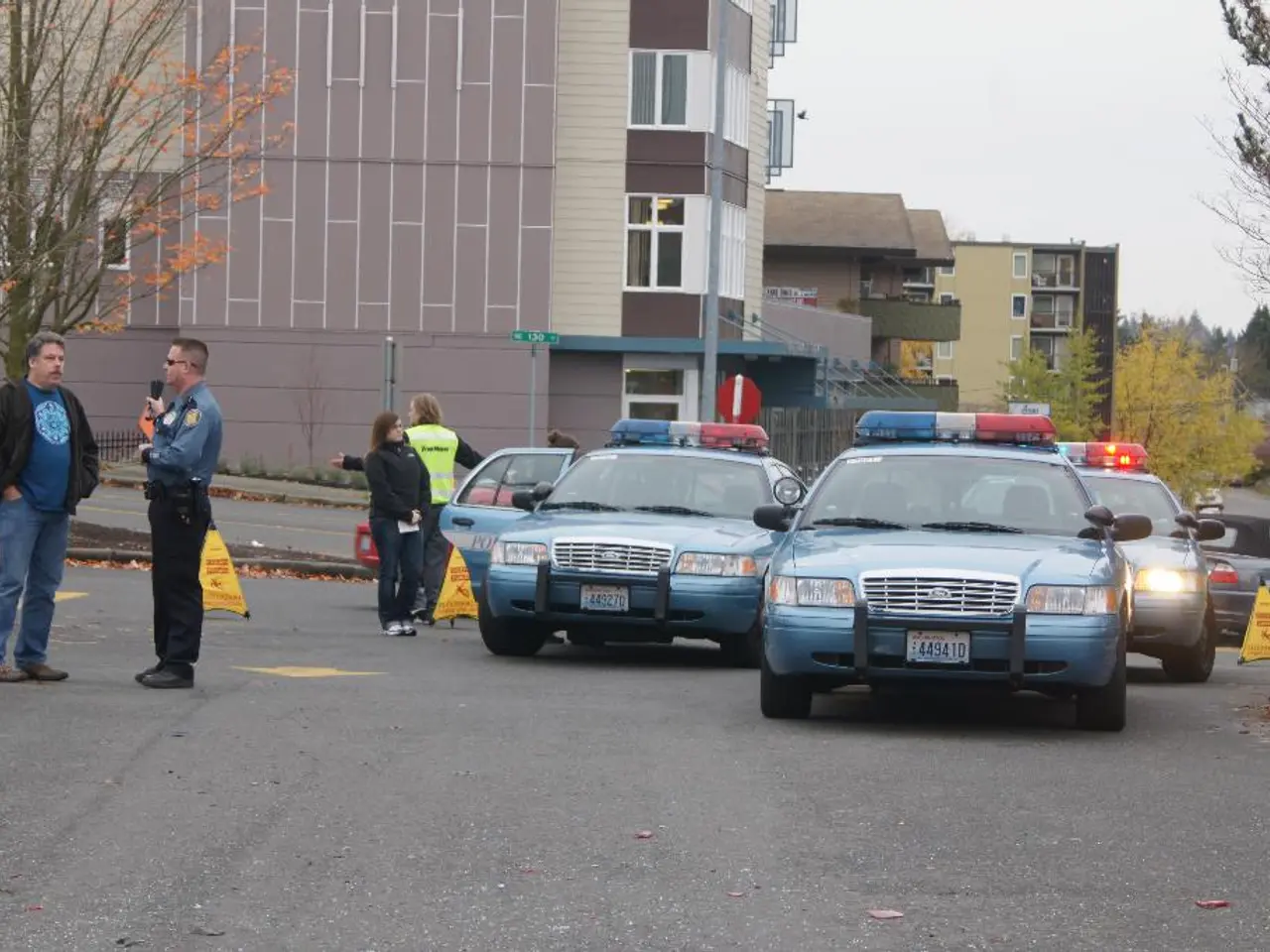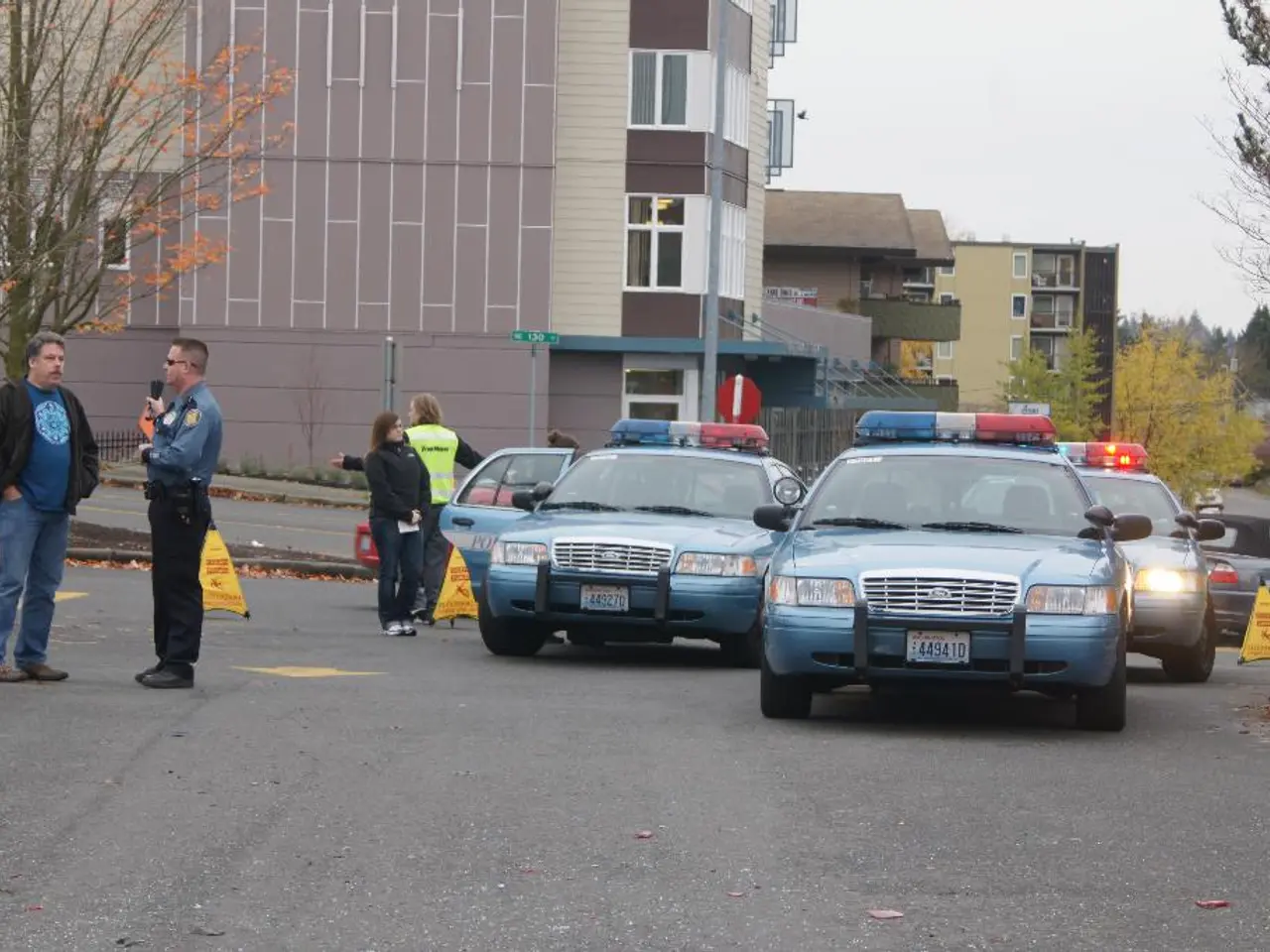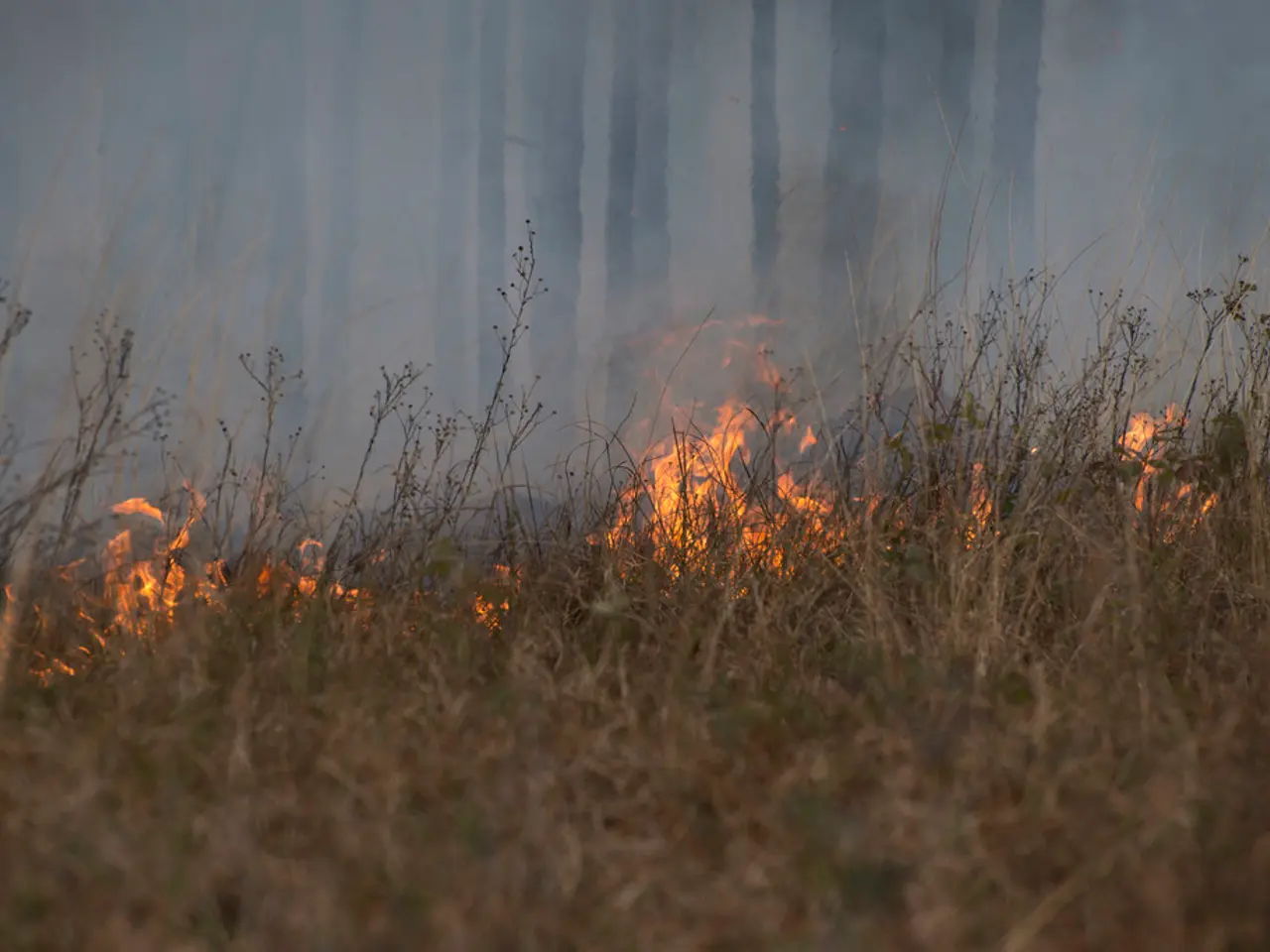Earthquake of magnitude 4.1 shakes up Delhi-NCR region
A 4.1-magnitude earthquake shook the Delhi-National Capital Region (NCR) on July 10, 2025, with its epicentre located 4 km northeast of Jhajjar in Haryana, at a depth of 14 km beneath the earth's surface. The tremors were widely felt across Noida, Gurugram, Faridabad, and as far as Meerut and Shamli in western Uttar Pradesh, approximately 200 km from the epicentre.
The cause of the earthquake can be attributed to the regional geology and tectonic activity. The Delhi-NCR region is situated near the Sohna fault, a part of the Aravalli-Delhi fold belt, which is seismically active. Southwestern Haryana, where Jhajjar is situated, lies in a zone of moderate earthquake risk due to several active faults. Although most earthquakes in this region are small, stress accumulation along these faults can lead to sudden releases of energy in the form of earthquakes. This event was a shallow crustal earthquake, typical for intraplate regions.
The earthquake highlighted ongoing intraplate seismic activity in the Delhi-NCR region, which is not directly on a major tectonic plate boundary but is still affected by stress from distant plate movements and local fault activity. The depth of 14 km is typical for crustal earthquakes in the region, meaning the energy release was closer to the surface, which can amplify ground shaking and make tremors more noticeable over a wider area. This raises concerns for urban preparedness, as even moderate events can be widely perceptible due to the region’s geology and population density.
Fortunately, a magnitude 4.1 earthquake is considered light to moderate and rarely causes significant damage or casualties. Reports indicate that only minimal effects and brief panic were observed following the earthquake. No injuries, significant landslides or avalanches, or collapsing buildings were reported. The earthquake did not affect transportation systems in Delhi-NCR, nor did it cause any changes in the weather conditions in the affected regions. Power supplies remained uninterrupted, and no damage was reported.
The event underscores the importance of monitoring active faults in the Delhi-NCR region and preparing for future seismic activity, given the area’s dense population and infrastructure vulnerability. The Indian Meteorological Department has not issued any tsunami warnings following the earthquake, and no aftershocks have been reported so far. News reports indicate that the earthquake caused a reaction on social media. The exact time of the earthquake is not specified in the news article, but it is known that it occurred in the morning.
In conclusion, the 4.1-magnitude earthquake that struck the Delhi-NCR region on July 10, 2025, caused minimal effects and no significant damage. However, the event serves as a reminder of the ongoing seismic activity in the region and the need for continued monitoring and preparation for future events.
The earthquake did not affect weather conditions in the affected regions.This event highlights the importance of monitoring seismic activity in the Delhi-NCR region, considering the area's dense population and infrastructure vulnerability.








